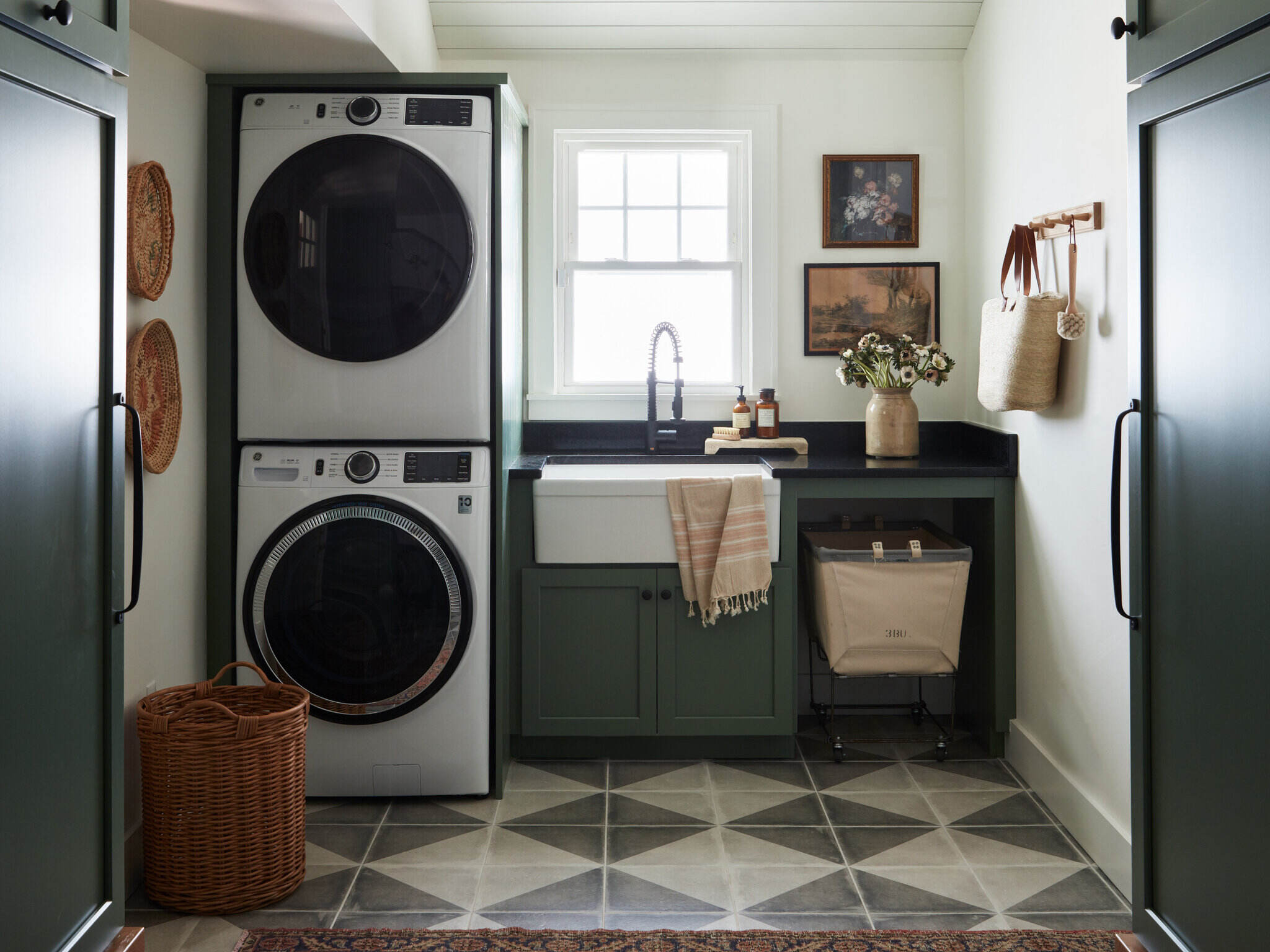

Articles
What Is A Laundry Room
Modified: February 26, 2024
Discover the importance of a laundry room in your home with our informative articles. Learn how to optimize your laundry space for efficiency and organization.
(Many of the links in this article redirect to a specific reviewed product. Your purchase of these products through affiliate links helps to generate commission for Storables.com, at no extra cost. Learn more)
Introduction
Welcome to the world of laundry rooms! A laundry room is a dedicated space in a home where the process of washing, drying, folding, and ironing clothes takes place. It is a functional and essential part of any household, ensuring that our garments are clean, fresh, and ready to be worn again.
While laundry may not be the most glamorous of tasks, having a well-designed and organized laundry room can make this chore a little more bearable. Whether you have a small or spacious area, a well-planned laundry room can save you time, energy, and frustration.
In this article, we will explore the functionality, layout, and design of a laundry room, as well as discuss the appliances and equipment, storage and organization solutions, and provide some helpful tips to maximize its functionality. We will also touch on common mistakes to avoid when designing or organizing a laundry room.
So, let’s dive in and discover how to create a laundry room that not only meets your practical needs but also adds value and convenience to your home.
Key Takeaways:
- Create a functional and efficient laundry room by prioritizing location, workflow, lighting, and ventilation. Select energy-efficient appliances and incorporate storage solutions for a clutter-free space.
- Avoid common laundry room mistakes such as insufficient lighting, poor ventilation, and overloading machines. Embrace good laundry habits, prioritize safety measures, and maintain a well-organized space for an enjoyable laundry routine.
Read more: What Flooring Is Best For Laundry Room
Functionality
A well-designed laundry room should be efficient and functional, optimizing the washing and drying process and making it as easy as possible for you to tackle your laundry tasks. Here are some key aspects to consider for a functional laundry room:
- Location: The location of the laundry room within your home is an important consideration. Ideally, it should be in a convenient and easily accessible area, such as on the same floor as the bedrooms or near the main living areas. This eliminates the need to carry heavy laundry baskets up and down stairs.
- Workflow: Design your laundry room to follow a logical workflow. Place the washer and dryer side by side or stack them if you have a smaller space. The sink or utility tub should be near the washer for easy pre-treating and rinsing. Consider the direction of the door swing and make sure it doesn’t obstruct the flow of traffic.
- Lighting: Good lighting is essential for any functional space, including the laundry room. Install bright overhead lighting to ensure you can see every stain and wrinkle. Task lighting above the work surface and inside cabinets can also be useful for detailed tasks like folding and organizing.
- Ventilation: Adequate ventilation is crucial to prevent excessive moisture build-up in the laundry room. Install a ventilation fan or open windows to allow for air circulation and help minimize the risk of mold and mildew.
- Gathering Space: Consider adding a countertop or a folding station in your laundry room. This provides a dedicated space for folding clothes and can also serve as a temporary storage area for laundry baskets before they are put away.
- Utility Sink: Having a utility sink in your laundry room can be incredibly useful for tasks such as hand-washing delicate garments, filling buckets for mopping, or even cleaning shoes and pet accessories. Make sure to choose a sink with a deep basin and a high-quality faucet for added convenience.
By incorporating these functional elements into your laundry room design, you will create a space that is efficient, easy to use, and makes your laundry routine a breeze.
Layout and Design
The layout and design of your laundry room play a significant role in its functionality and overall aesthetic appeal. Here are some key considerations when planning the layout and design:
- Space Planning: Assess the available space and determine how to best utilize it. Consider the placement of appliances, storage cabinets, and other essential elements. If space is limited, opt for compact and stackable washer and dryer units.
- Ergonomics: Design your laundry room with ergonomics in mind. Position the appliances at a comfortable height to avoid excessive bending or stretching. Install your countertops and work surfaces at a suitable height for convenient folding and organizing.
- Aesthetics: While functionality is important, don’t neglect the visual appeal of your laundry room. Choose a color scheme that is calming and uplifting, making the space more enjoyable to work in. Consider using light, neutral colors to create a bright and airy atmosphere.
- Flooring: Select flooring materials that are durable, water-resistant, and easy to clean. Vinyl, tile, or laminate flooring are popular choices for laundry rooms due to their low maintenance and resistance to moisture.
- Backsplash: Installing a backsplash can add a touch of style to your laundry room design while protecting the walls from splashes and stains. Choose materials that are easy to clean, such as ceramic or glass tiles.
- Windows: If you have the luxury of natural light, incorporate windows into your laundry room design. Not only do windows bring in additional light, but they also provide a view and a connection to the outdoors.
Remember to personalize your laundry room with decorative elements that reflect your style and personality. Hang artwork, add plants, or incorporate storage solutions that have a decorative touch. The goal is to create a space that is not only functional but also visually appealing and inviting.
By carefully considering the layout and design of your laundry room, you can create a space that is both efficient and aesthetically pleasing, making your laundry routine a more enjoyable experience.
Appliances and Equipment
Choosing the right appliances and equipment for your laundry room is crucial for a smooth and efficient laundry routine. Here are some key considerations when selecting appliances and equipment:
- Washer and Dryer: Invest in high-quality, energy-efficient washing machines and dryers. Front-loading machines are popular for their efficiency and space-saving benefits, while top-loading machines offer ease of use and accessibility. Consider the capacity of the machines to ensure they can handle your laundry needs.
- Ironing Station: If you frequently iron your clothes, consider creating a designated ironing station within your laundry room. This can include an ironing board, a steam iron, and storage for ironing accessories. Ensure you have enough space to comfortably maneuver while ironing.
- Sink or Utility Tub: A sink or utility tub is a valuable addition to any laundry room. It allows for easy pre-treating of stains, hand-washing delicate garments, or rinsing items that require extra attention. Choose a sink size and design that suits your needs and complements the overall style of your laundry room.
- Drying Racks: Consider incorporating drying racks into your laundry room design. Wall-mounted racks or retractable racks provide a convenient space for air-drying delicate items or clothes that are not suitable for the dryer. Foldable drying racks are also a practical solution for smaller laundry rooms.
- Storage Solutions: Efficient storage is essential in a laundry room to keep everything organized. Install cabinets, shelves, and drawers to store laundry detergents, supplies, and other essentials. Utilize baskets or bins for sorting dirty laundry and keeping it out of sight.
- Hangers and Hooks: Install hooks or hangers on the walls to hang wet or freshly ironed clothes. This helps prevent wrinkles and keeps your laundry room tidy. Hooks can also be used for hanging cleaning tools, such as brooms and mops, to keep them within reach.
When selecting appliances and equipment, prioritize quality, durability, and energy efficiency. Look for trusted brands and read reviews to ensure you are making informed choices. Consider the specific needs of your household and the size of your laundry loads to determine the best options for your laundry room.
By carefully selecting and incorporating the right appliances and equipment, you can create a well-equipped laundry room that simplifies your laundry routine and ensures your clothes are cleaned and cared for efficiently.
When designing a laundry room, consider adding ample storage for detergents, cleaning supplies, and laundry baskets to keep the space organized and functional. Also, think about installing a countertop for folding clothes and a hanging rod for air-drying garments.
Storage and Organization
A well-organized laundry room can greatly improve efficiency and make the task of doing laundry much more manageable. Here are some storage and organization tips to help you keep your laundry room neat and tidy:
- Cabinets and Shelves: Install cabinets and shelves to make use of vertical space and provide ample storage for laundry supplies, cleaning products, and other essentials. Utilize labeled bins or baskets to keep smaller items organized within the cabinets.
- Sorting Bins: Use sorting bins to separate your laundry into different categories, such as lights, darks, whites, and delicates. This not only helps maintain organization but also saves time when it comes to doing laundry.
- Laundry Hampers: Place laundry hampers in your laundry room for easy sorting and storage of dirty clothes. Consider using multiple hampers to further organize laundry based on different categories or individual family members.
- Labeling: Labeling containers, shelves, and bins can help you quickly find what you need and ensure everything is put back in its designated place. Clear labels also help other family members easily locate and return items to their proper storage spots.
- Pegboards and Hooks: Install pegboards or hooks on the walls to hang frequently used items such as ironing boards, lint rollers, and cleaning tools. This keeps them easily accessible and prevents unnecessary clutter on countertops or in cabinets.
- Folding and Ironing Area: Create a dedicated folding and ironing area within your laundry room. Install a countertop or folding station where you can comfortably fold clothes and a tabletop ironing board for easy access when needed.
- Over-The-Door Organizers: Utilize the back of the laundry room door by hanging over-the-door organizers. These can be used to store small items like lint rollers, fabric softener sheets, and other laundry accessories.
Remember, the key to effective storage and organization is to establish a system that works for you and your household’s needs. Regularly declutter and reassess your storage solutions to ensure they continue to meet your requirements.
By implementing these storage and organization strategies, you’ll create a functional and clutter-free laundry room that streamlines your laundry routine and makes it a more enjoyable experience.
Read more: What Color For Laundry Room
Functionality Tips
To further enhance the functionality of your laundry room, here are some practical tips to consider:
- Keep it clean: Regularly clean and maintain your laundry room to prevent dirt and dust from accumulating. Wipe down surfaces, sweep the floor, and clean appliances to ensure optimal performance.
- Establish a schedule: Set a specific time or day for doing laundry. Having a consistent routine will help you stay organized and prevent laundry from piling up.
- Use quality laundry products: Invest in high-quality laundry detergents, fabric softeners, and stain removers to ensure the best results. Follow product instructions and use appropriate amounts for different load sizes.
- Sort clothes properly: Take the time to separate your laundry into different categories based on fabric type, color, and washing instructions. This will prevent colors from bleeding and protect delicate garments.
- Don’t overload the machines: Avoid overloading the washer and dryer as it can lead to inefficient cleaning and drying. Follow the manufacturer’s guidelines for load capacity to ensure optimal performance.
- Remove stains promptly: Treat stains as soon as possible to increase the chances of successful removal. Keep stain removers or pre-treating solutions handy in your laundry room for quick action.
- Follow garment care instructions: Pay attention to the care labels on your clothes and follow the recommended washing and drying instructions. This will help preserve the quality and longevity of your garments.
- Empty lint traps: Clean the lint traps in your dryer regularly to maintain efficient airflow and prevent the risk of fire hazards. Dispose of lint safely and keep the dryer vent clean as well.
- Organize a folding routine: Develop a folding routine that works for you. Fold clothes promptly after they are dried to minimize wrinkles and make the task more manageable.
- Maintain a decluttered workspace: Regularly declutter your laundry room by getting rid of unused items and organizing your supplies. A clean and clutter-free workspace will help you stay focused and efficient.
By implementing these functionality tips, you’ll optimize the efficiency of your laundry room and make the laundry process a breeze.
Common Laundry Room Mistakes to Avoid
While designing and organizing your laundry room, it’s important to be aware of common mistakes that can compromise its functionality and efficiency. Here are some common laundry room mistakes to avoid:
- Insufficient lighting: Inadequate lighting can make it difficult to spot stains or see small details while sorting and folding clothes. Make sure to install bright lighting fixtures to ensure proper visibility in your laundry room.
- Poor ventilation: Inadequate ventilation can lead to a musty and humid laundry room, causing unpleasant odors and promoting the growth of mold and mildew. Install a ventilation fan or open windows to improve air circulation and prevent moisture buildup.
- Ignoring safety measures: Neglecting safety measures in your laundry room can pose risks. Ensure that appliances are properly grounded, lint traps are regularly cleaned, and flammable items are stored away from heat sources.
- Overlooking storage space: Insufficient storage space can lead to a cluttered and disorganized laundry room. Plan for enough storage cabinets, shelves, and hooks to keep laundry essentials neatly organized and easily accessible.
- Ignoring energy efficiency: Using energy-efficient appliances and implementing energy-saving practices not only benefits the environment but also reduces your utility bills. Upgrade to energy-efficient washing machines and dryers and wash clothes in cold water whenever possible.
- Not pre-treating stains: Failing to pre-treat stains before washing can result in stubborn stains that are difficult to remove. Take the time to pre-treat stains with appropriate stain removers and follow the instructions for the best chance of success.
- Overloading machines: Overloading the washer or dryer can lead to inefficient cleaning and drying, as well as potential damage to the machines. Follow the recommended load capacity for optimal results and to avoid strain on the appliances.
- Forgetting about maintenance: Regular maintenance of your appliances and cleaning of the laundry room are essential for their longevity and proper functioning. Clean lint traps, check hoses and connections, and clean the dryer vent regularly to prevent potential safety hazards.
- Not utilizing vertical space: Neglecting to use the vertical space in your laundry room can result in wasted storage opportunities. Install shelves, cabinets, and hooks to maximize storage and keep the floor area clear.
- Disorganized laundry supplies: Failing to organize laundry supplies can lead to frustration and wasted time searching for items. Keep your laundry detergents, fabric softeners, and other supplies in clearly labeled containers or on organized shelves for easy access.
By avoiding these common laundry room mistakes, you can create a well-functioning, organized, and efficient space that makes your laundry routine a breeze.
Conclusion
A well-designed and organized laundry room can greatly enhance the efficiency and functionality of your laundry routine. By considering the layout, functionality, storage, and organization of your laundry room, you can create a space that not only meets your practical needs but also adds value and convenience to your home.
Remember to prioritize functionality when planning the layout of your laundry room. Consider the location, workflow, lighting, and ventilation to ensure an optimal working environment. Select appliances and equipment that are energy-efficient and cater to your specific laundry needs.
Storage and organization are key elements in maintaining an efficient and clutter-free laundry room. Install cabinets, shelves, and sorting bins to keep laundry essentials neatly organized. Label containers and utilize hooks or pegboards to maximize storage space.
Avoid common laundry room mistakes such as inadequate lighting, poor ventilation, and overloading machines. Practice good laundry habits, including pre-treating stains, following garment care instructions, and regularly maintaining your appliances.
By following these tips and avoiding common mistakes, you’ll create a functional and organized laundry room that simplifies your laundry routine and makes the process more enjoyable. So, embrace the world of laundry rooms and transform this often-overlooked space into a well-designed and efficient area that meets all your laundry needs.
Frequently Asked Questions about What Is A Laundry Room
Was this page helpful?
At Storables.com, we guarantee accurate and reliable information. Our content, validated by Expert Board Contributors, is crafted following stringent Editorial Policies. We're committed to providing you with well-researched, expert-backed insights for all your informational needs.
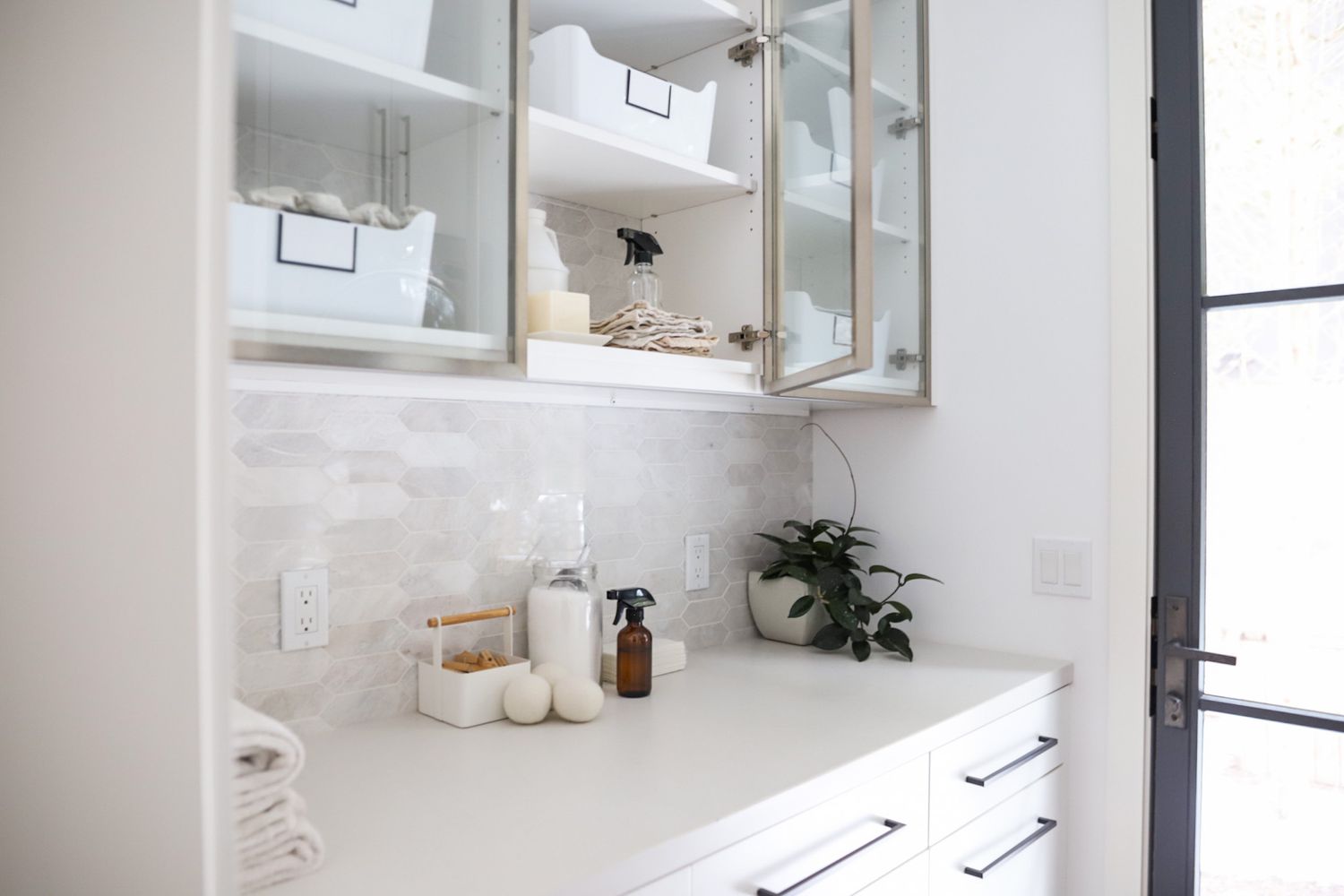
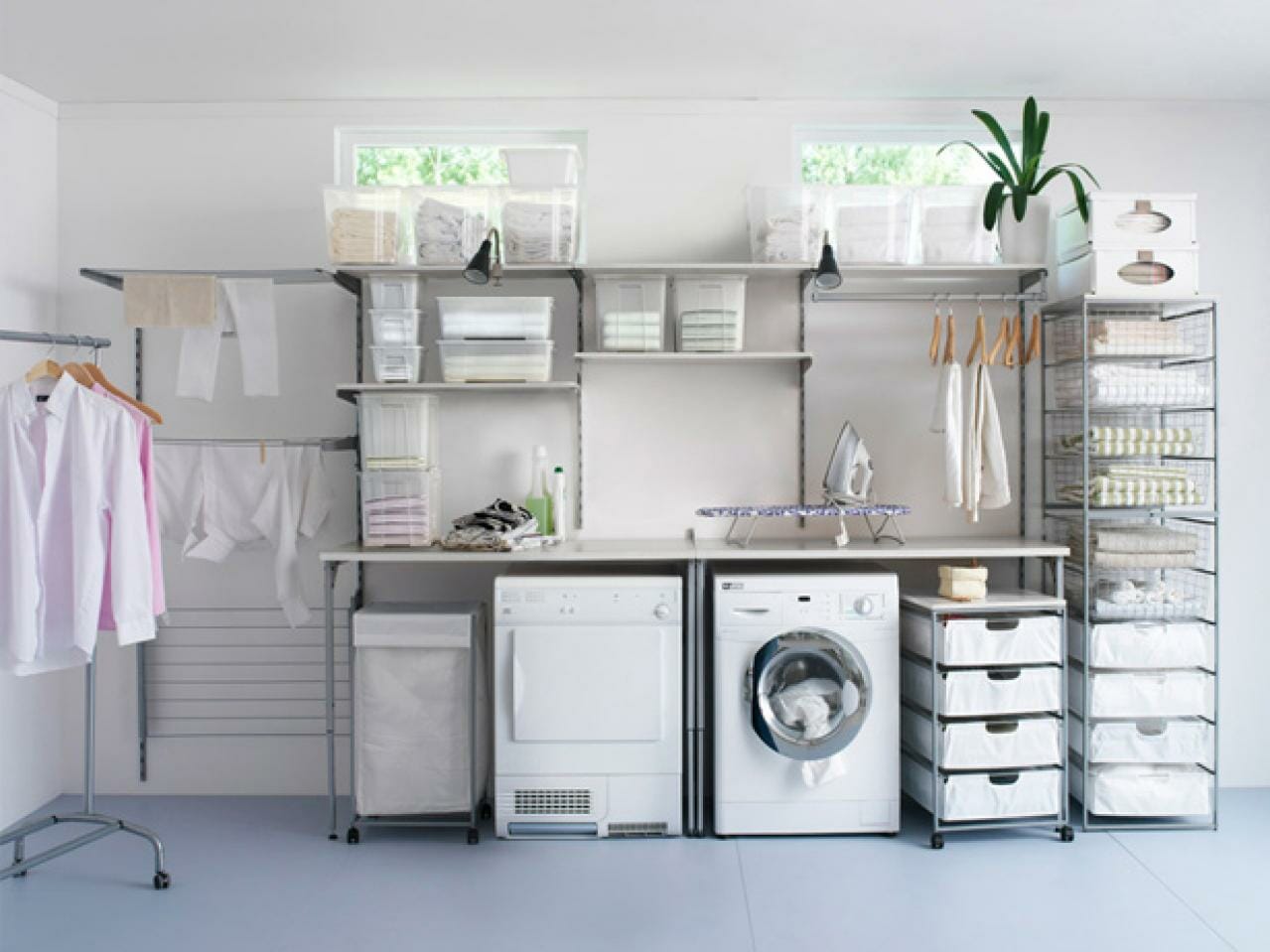
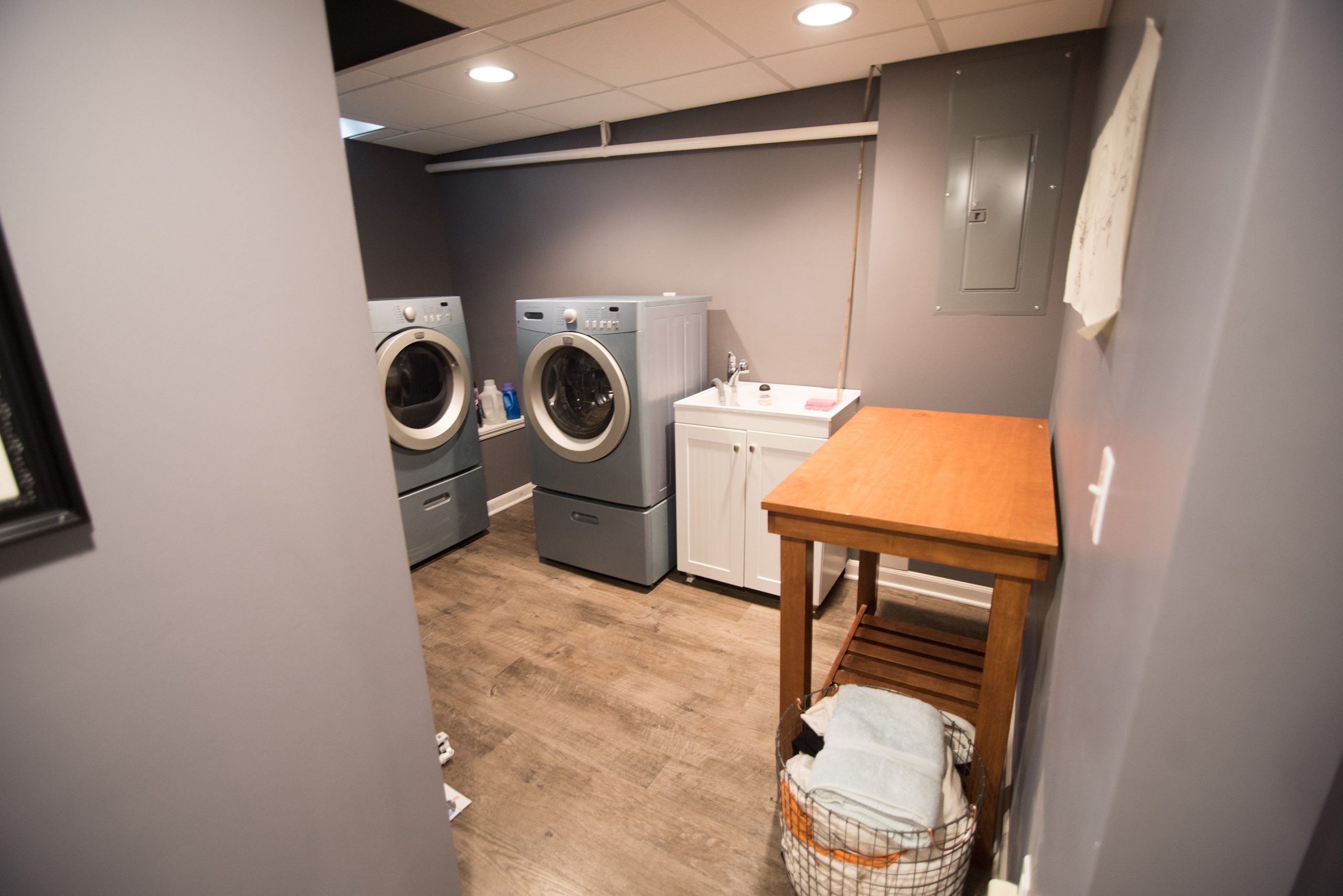
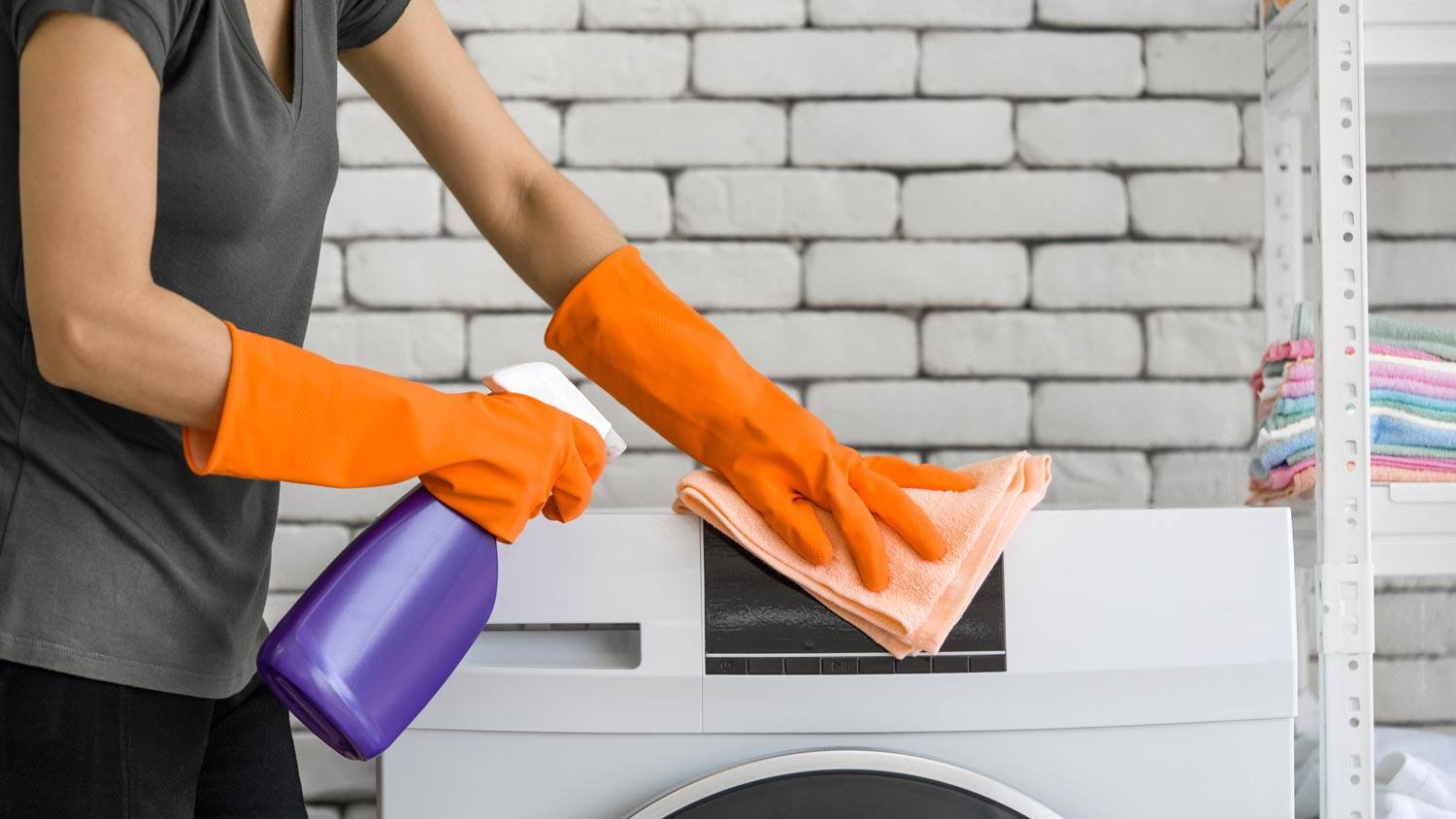
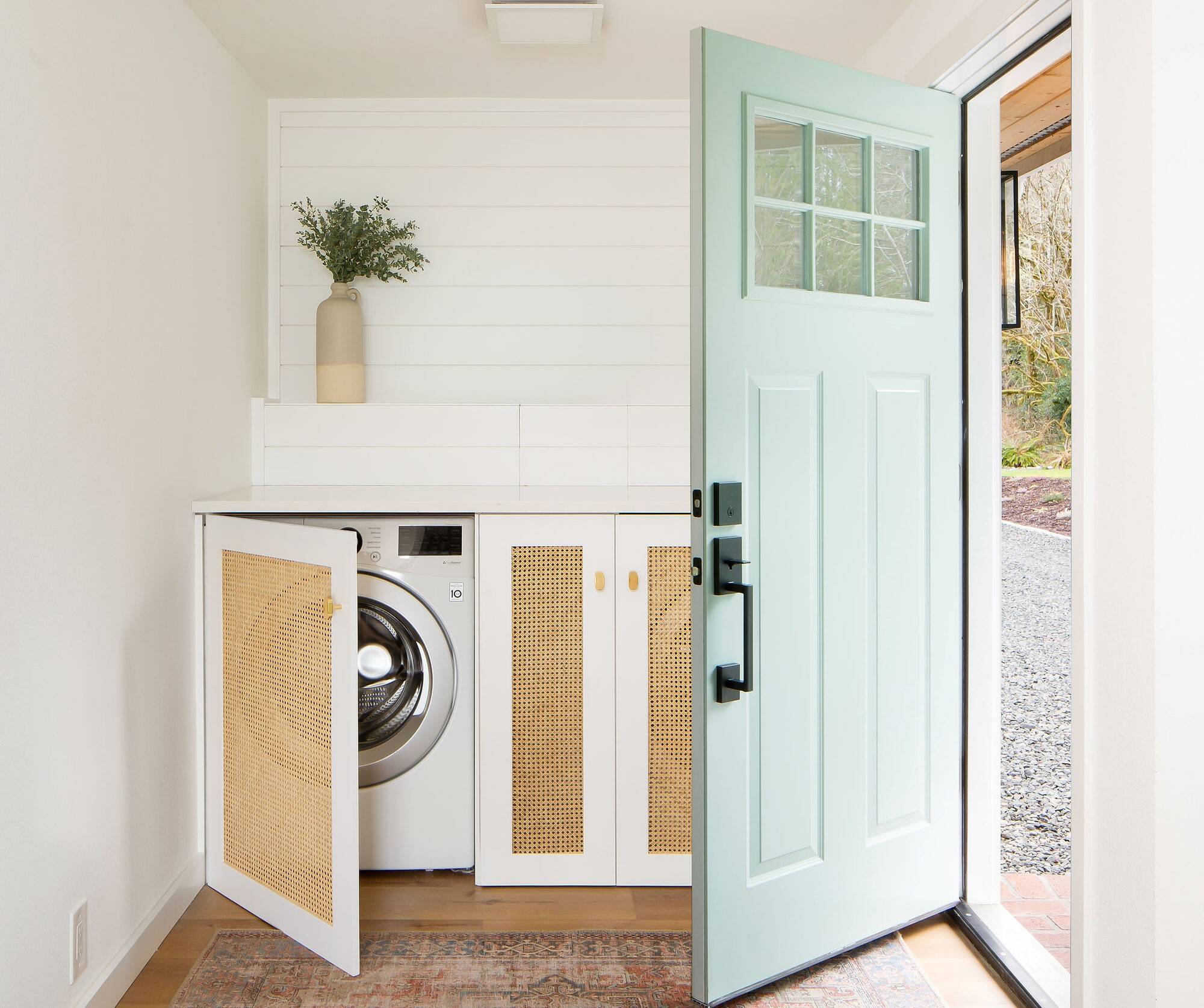
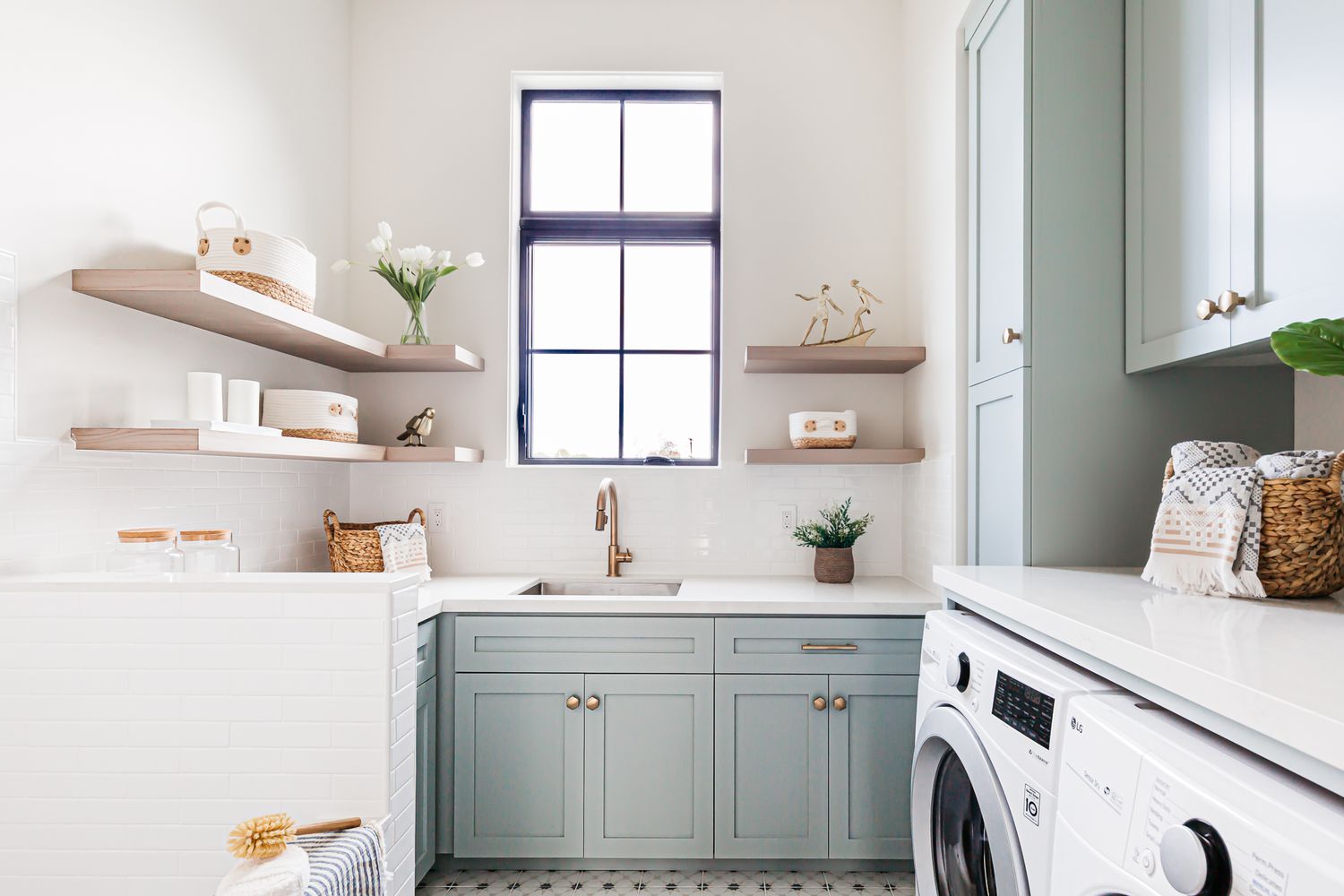
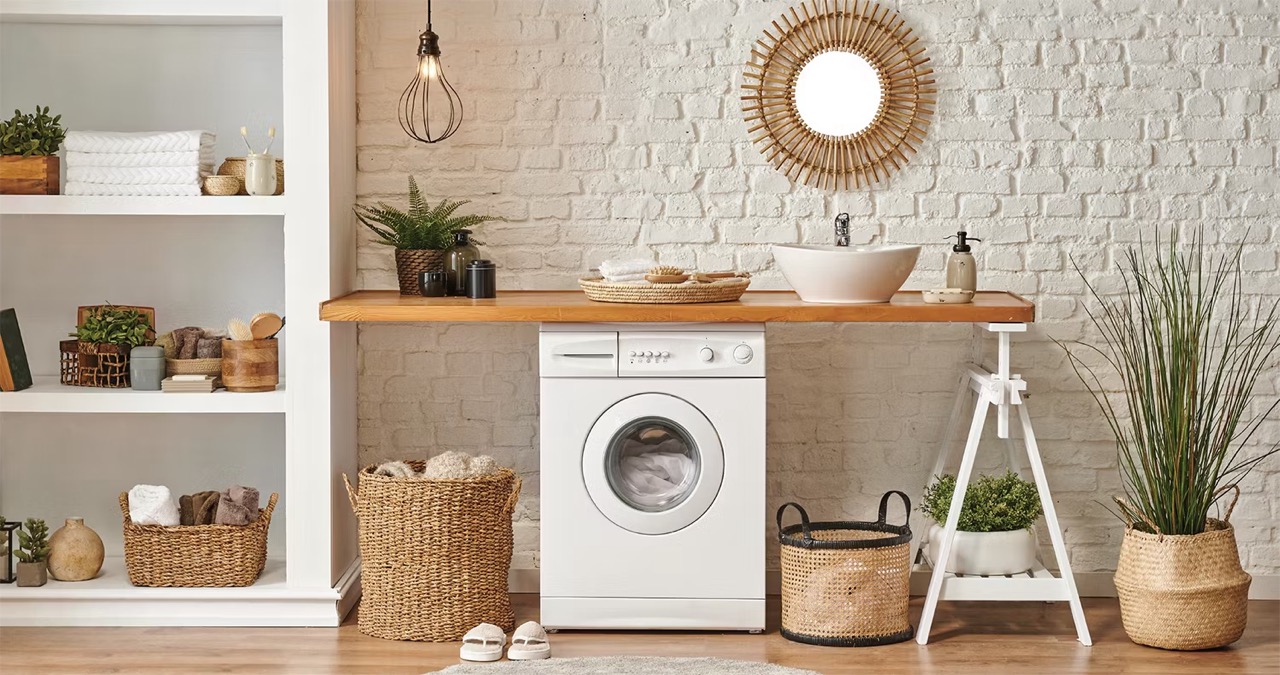
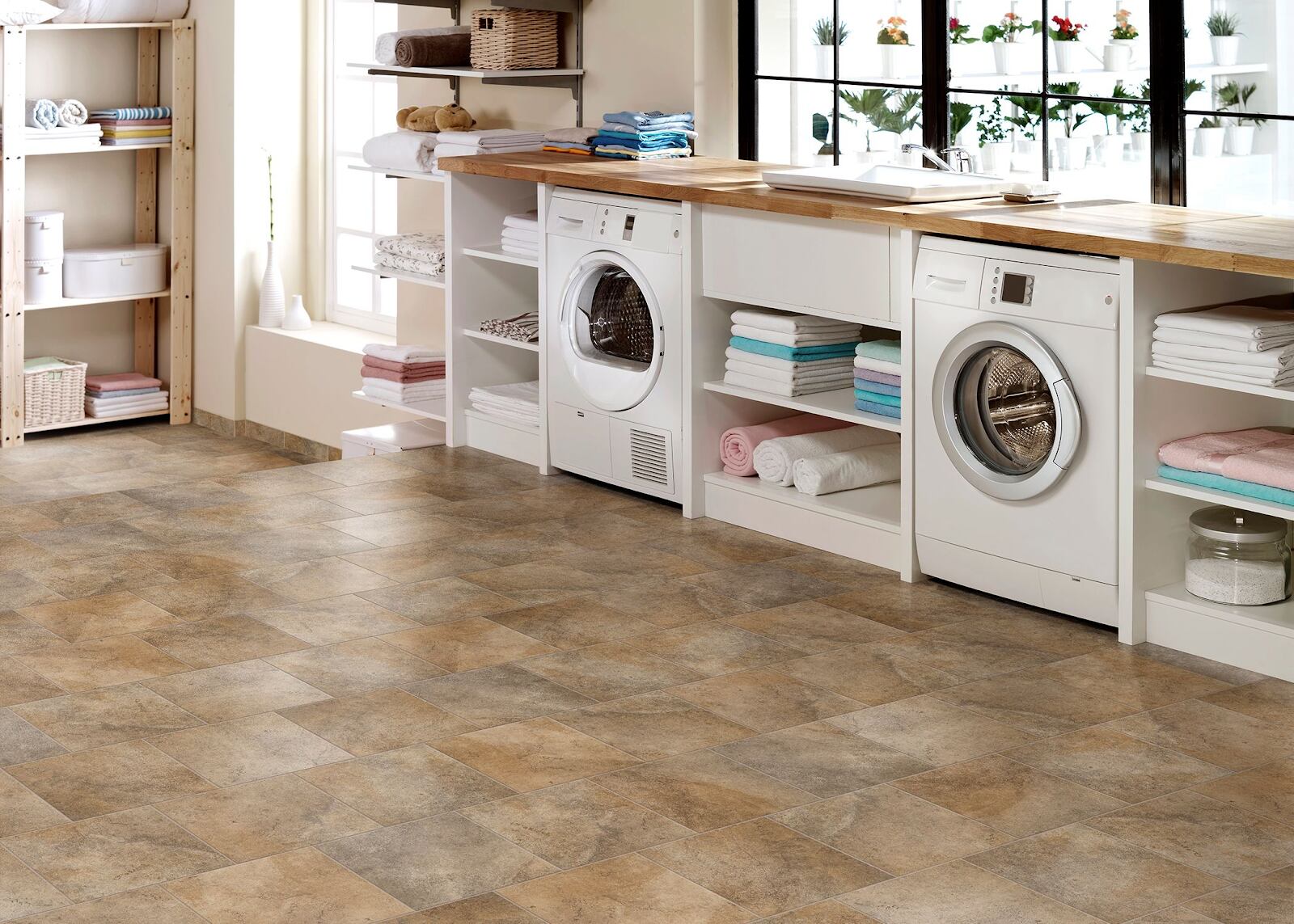
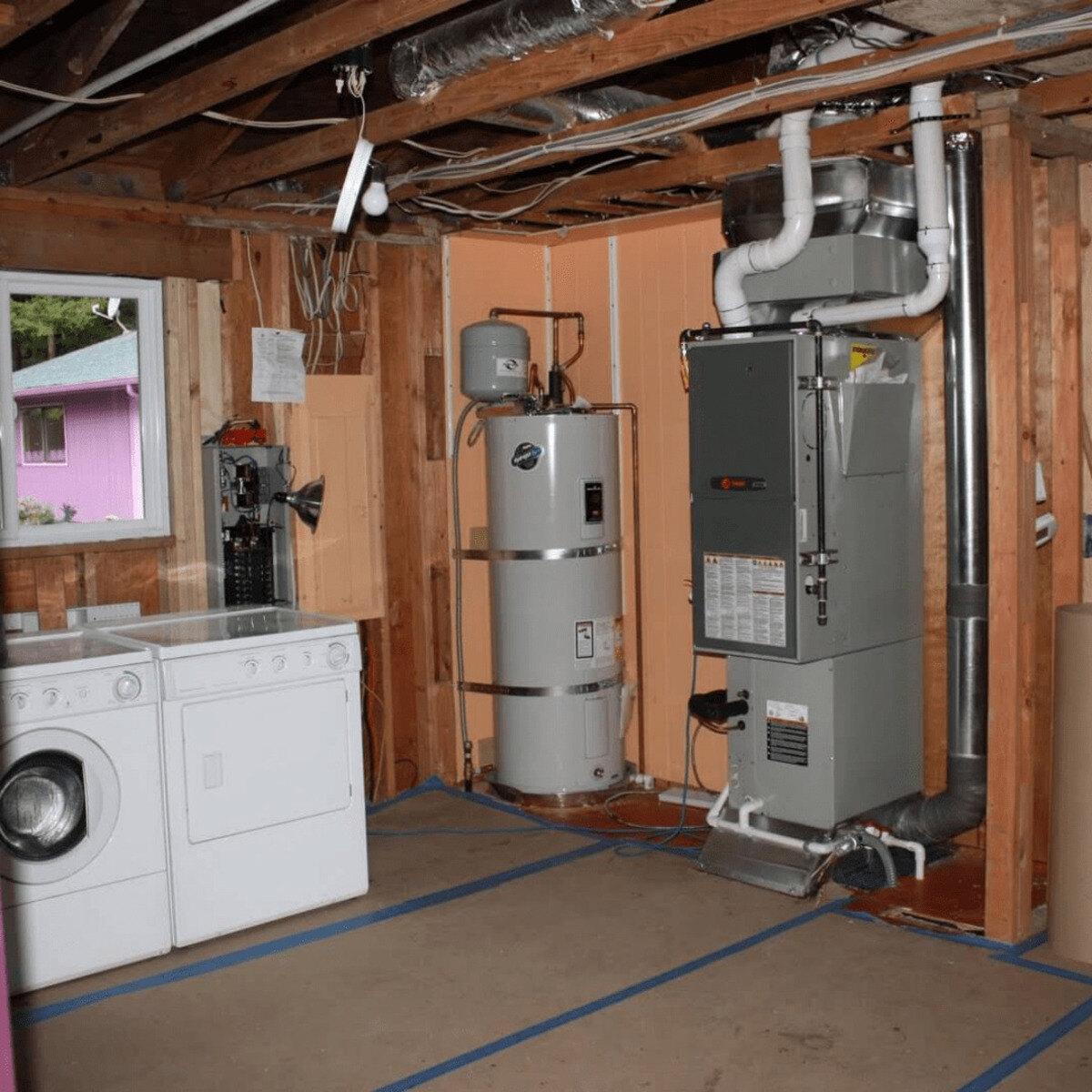
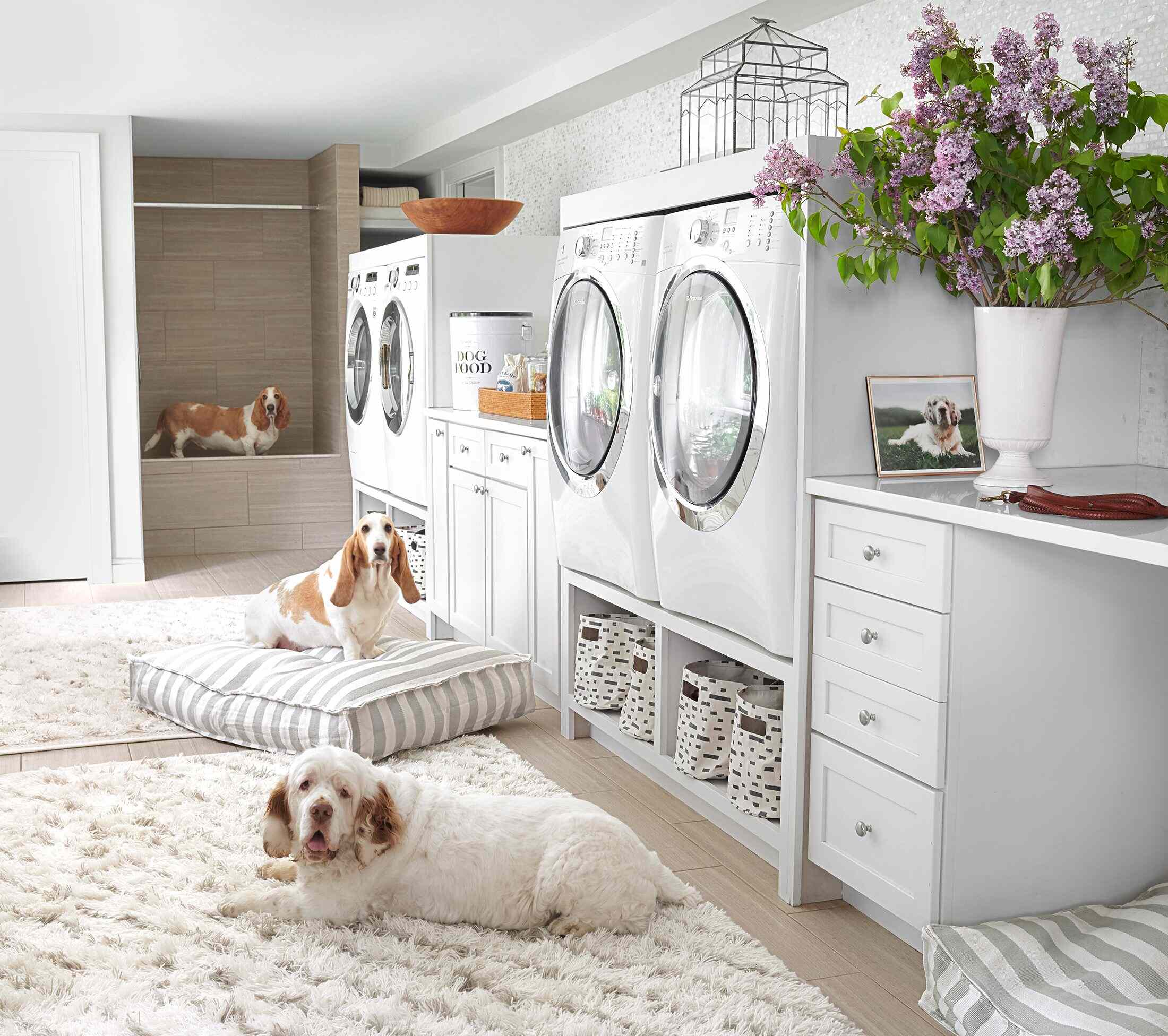
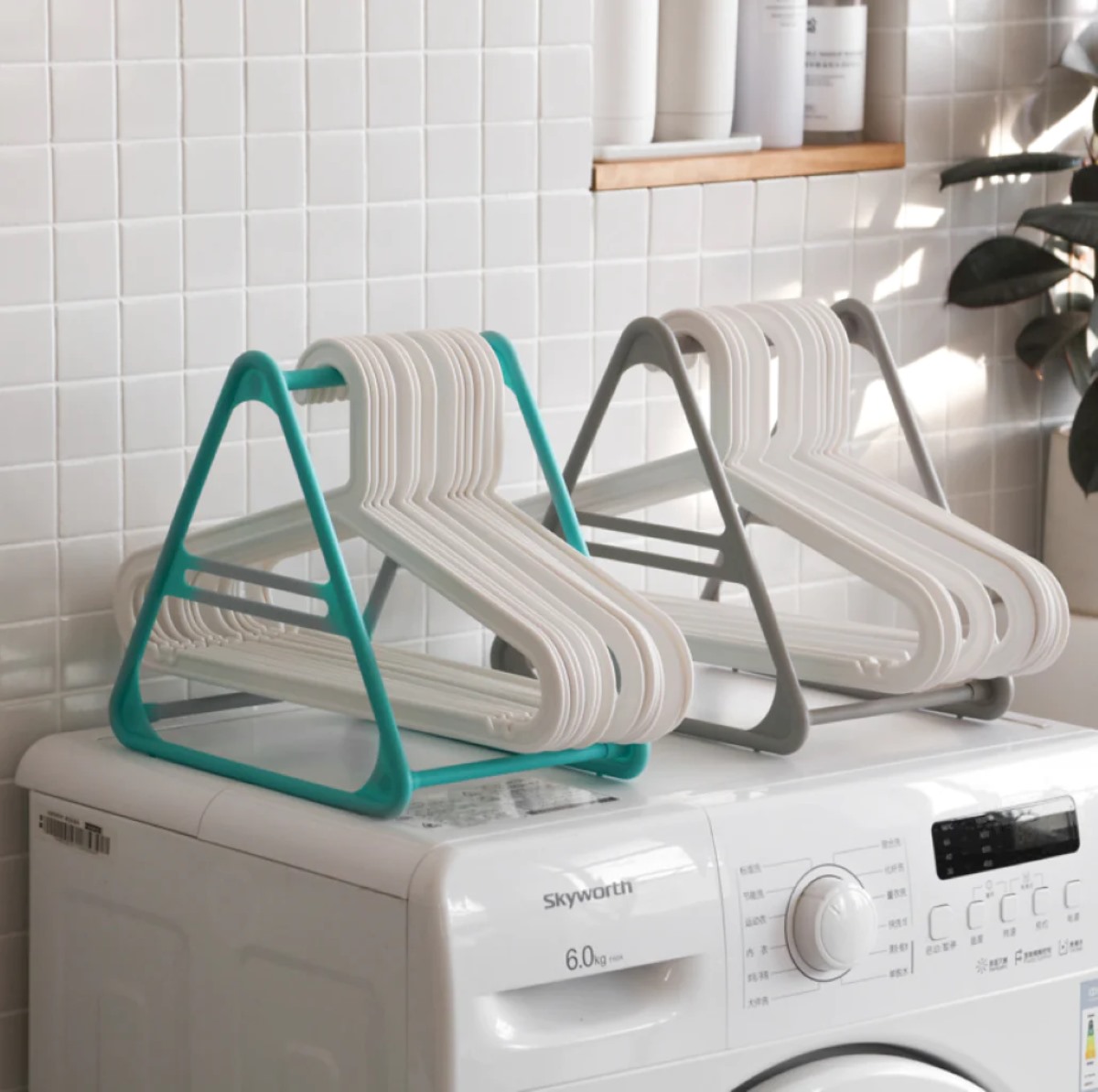
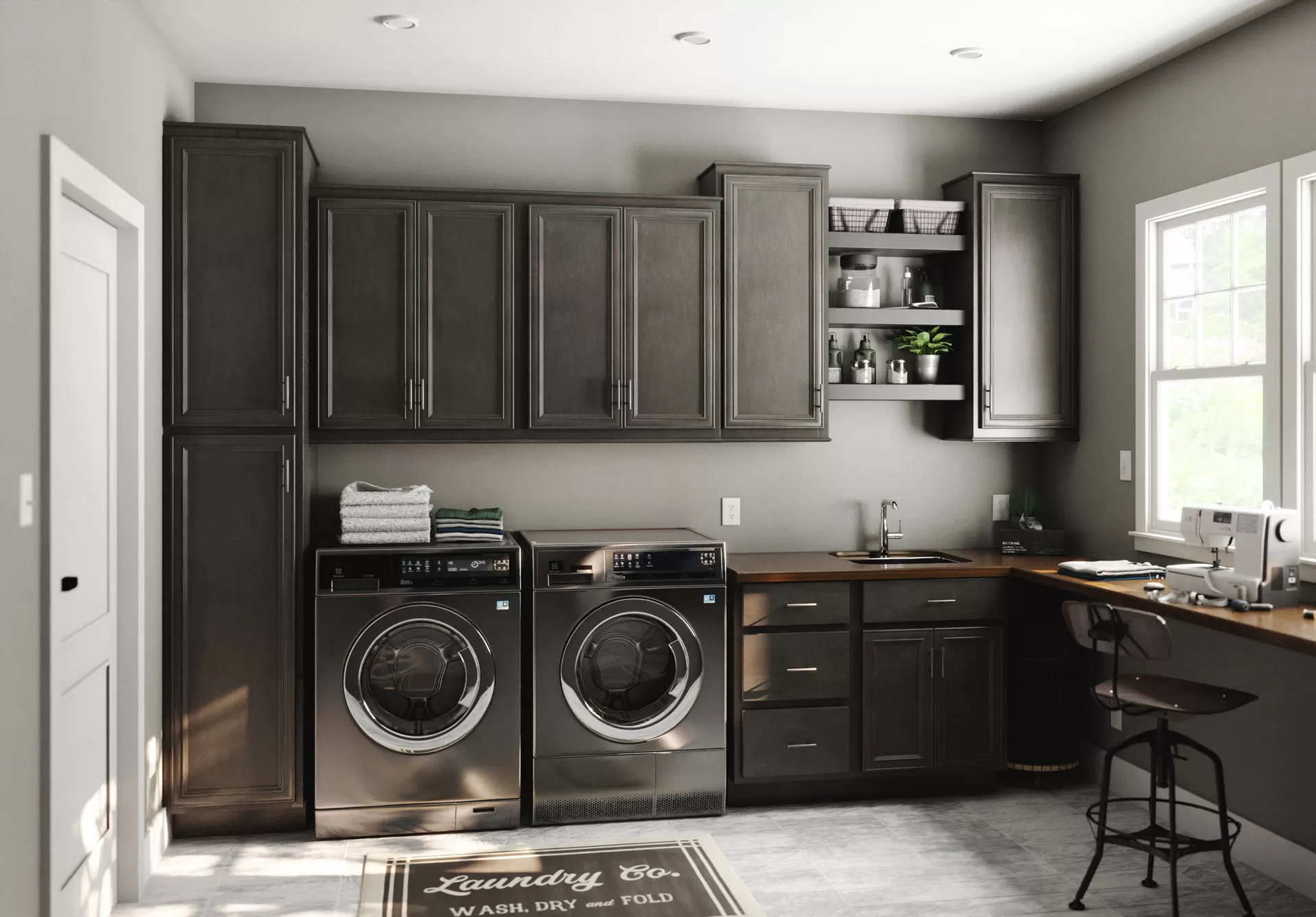
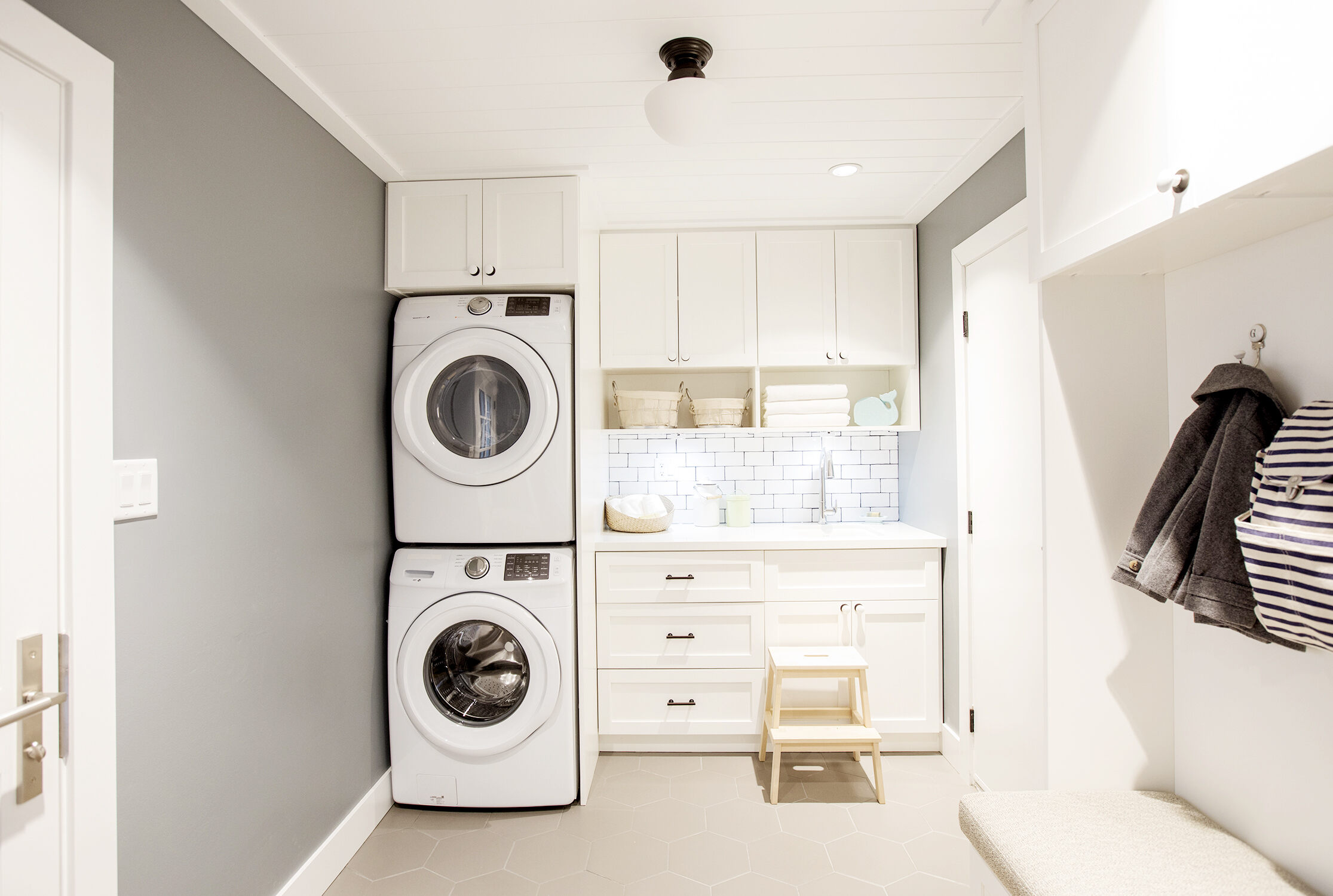
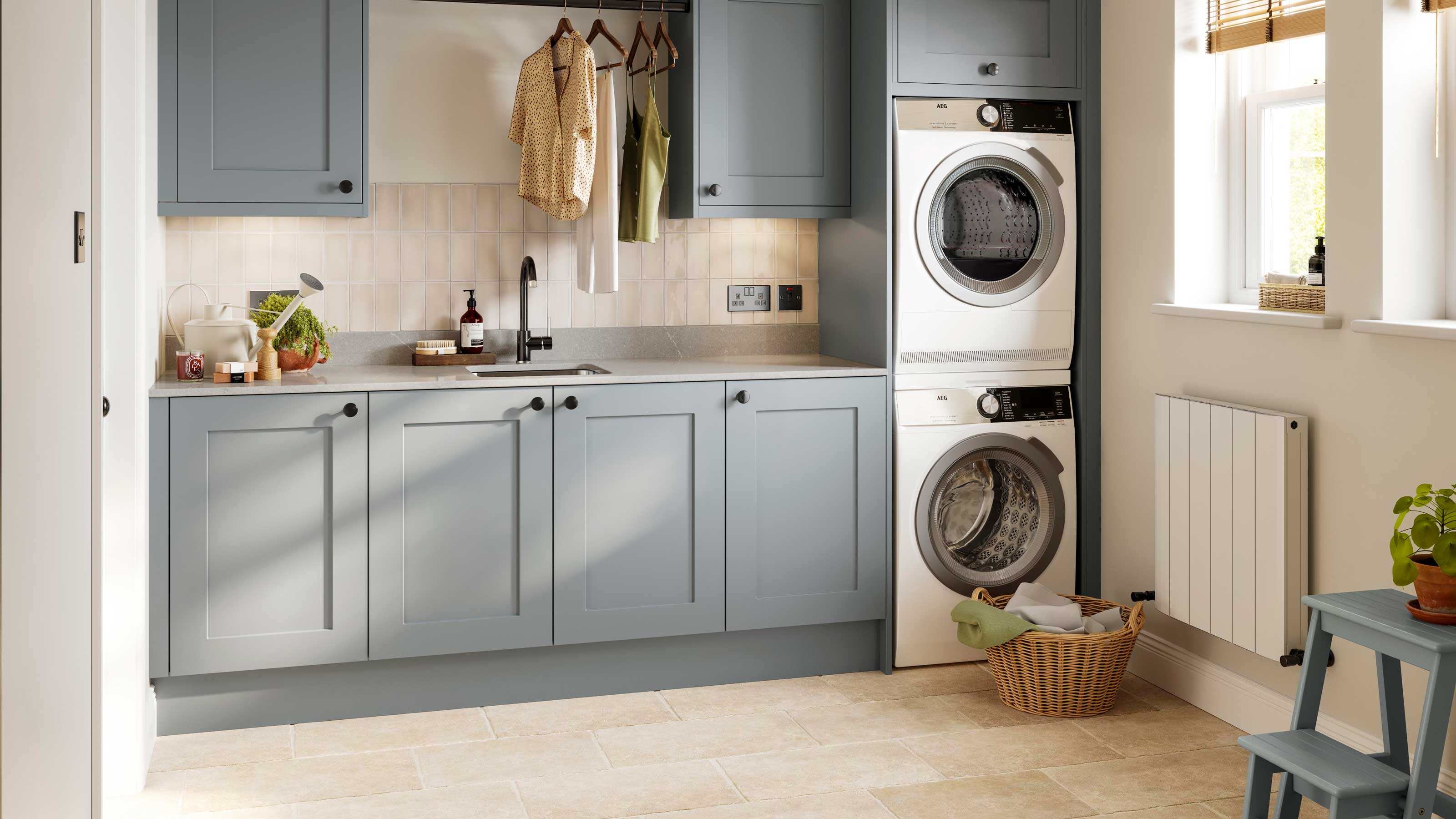

0 thoughts on “What Is A Laundry Room”